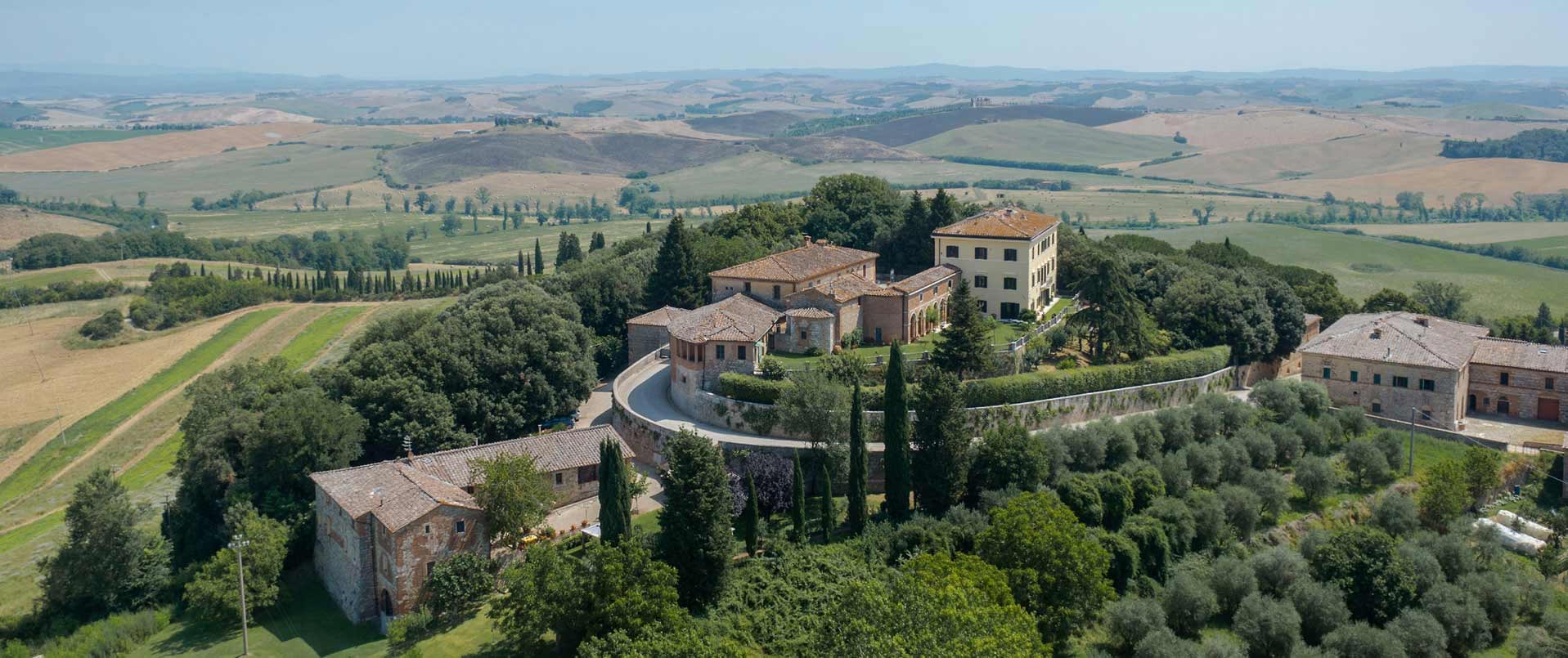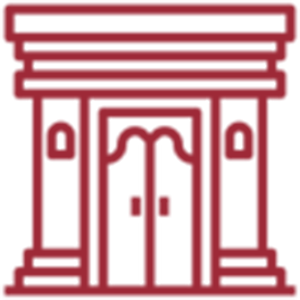
The final residence of the Counts Arsio hosts within its walls valuable architectural elements, including 18th-century boiserie wood panelling, Louis XVI stuccoes evoking the natural world, and Palladian-style terrazzo flooring. Of notable interest are the frescoes by Carlo Bonacina and the relics of Saint Celestine preserved in the chapel.
All five floors of the palazzo are open to visitors, and every room is accessible to the public. It houses a rich collection of antique furnishings from prestigious historical residences in Trentino (Castel Valer, Castel Malgolo, Villa Moggioli, Villa Larcher, Palazzo Malfer, etc.), Veneto (Villa Rama, Palazzo Sagramoso and Palazzo Brenzoni), and Spoleto (Casa Torre Patrizi).
The history of Palazzo Arzberg Freihaus
The history of the Palazzo began in 1587 when Carlo d’Arsio, father of Cristoforo Oliviero, decided to purchase from Baron Fortunato Madruzzo the “maso Broili” (the “broili” are fenced plots of land located around an agricultural structure) in Arsio, an extensive agricultural area consisting of a house, fields, meadows, and vineyards.
In 1627, Cristoforo Oliviero began the construction of the noble residence, referred to in records as Arzberg, or sometimes Casa Franca-Freihaus, due to various privileges granted by Maximilian Archduke of Austria and Count of Tyrol, including tax exemptions and asylum rights. After its completion, Cristoforo Oliviero lived there for a short time before moving to Revò, to Palazzo Arsio. Upon his departure, his son Corrado Orazio Conte d’Arsio e Vasio took over the property and lived there for over 50 years. In 1730, the palazzo was sold to his cousin Adamo d’Arsio, whose family chose it as their residence until the early decades of the 19th century. In 1932, Rina von Edle Dessouvic-Arz, widow of Count Paul Arz von un zu Arsio-Vasegg, sold Palazzo Arzberg Freihaus to the Franciscan Conventuals of the Padua province. In 2014, it was purchased by the Cassa Rurale di Fondo.
Very few of the original furnishings remain in the palazzo today: a turret-style oil stove and a walnut chest (both bearing the d’Arsio coat of arms) are now at Castel Stenico, some family portrait paintings are in the Castel del Buonconsiglio, and 14 paintings of the Via Crucis created by Carlo Bonacina in 1945 are currently deposited at the Cassa Rurale di Fondo.
Facilities and services at Palazzo Arzberg Freihaus
The residence offers guided tours and hosts various events, including book presentations with authors, poetry recitals, concerts with choirs and bands, gatherings of historical groups, temporary exhibitions by artists and model makers and hunting trophy displays. It is open every Sunday and bank holidays from 10 AM to 12 PM and 1 PM to 5 PM.
 Private events
Private events
 Residences
Residences
 Visits
Visits